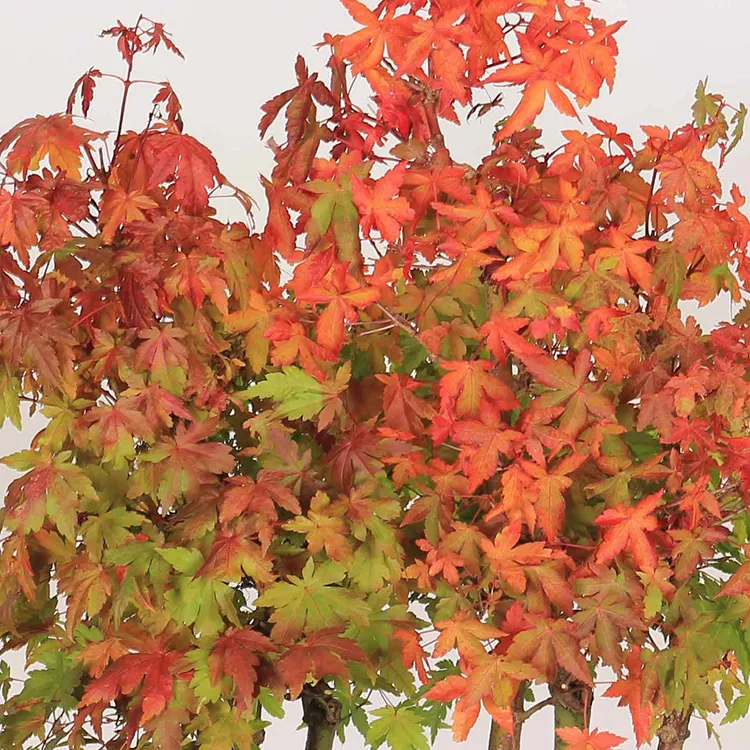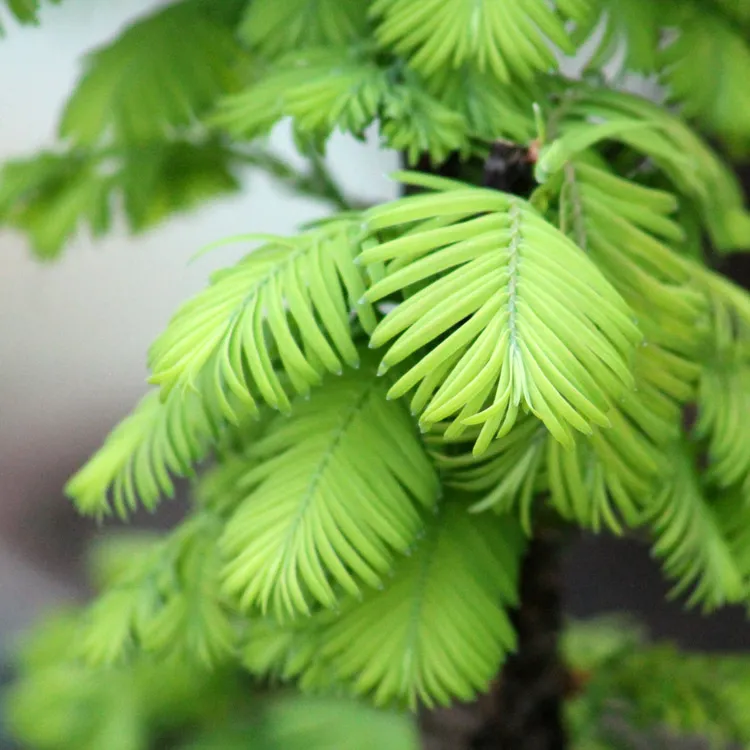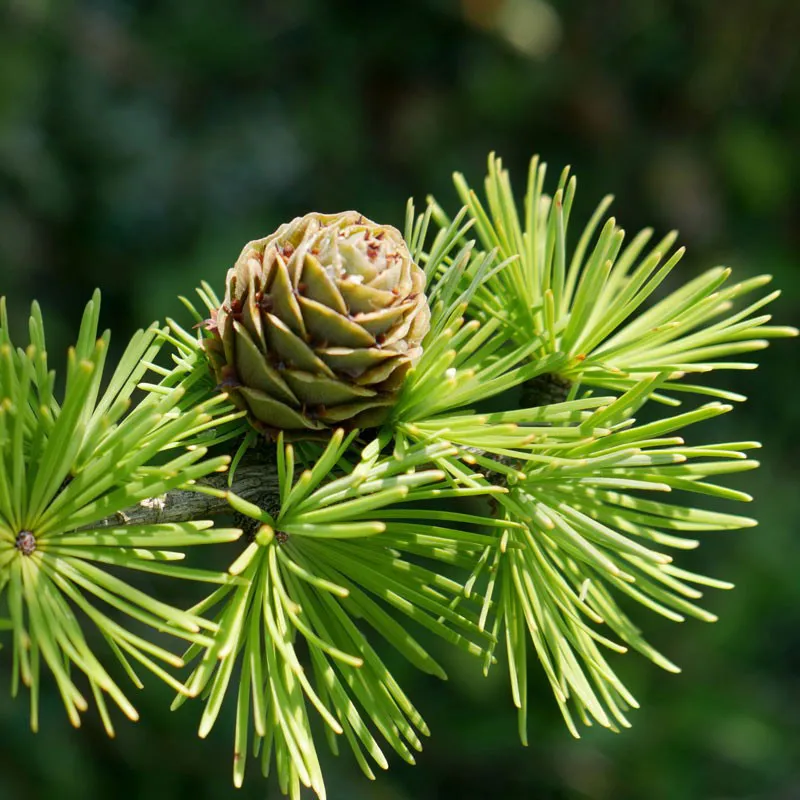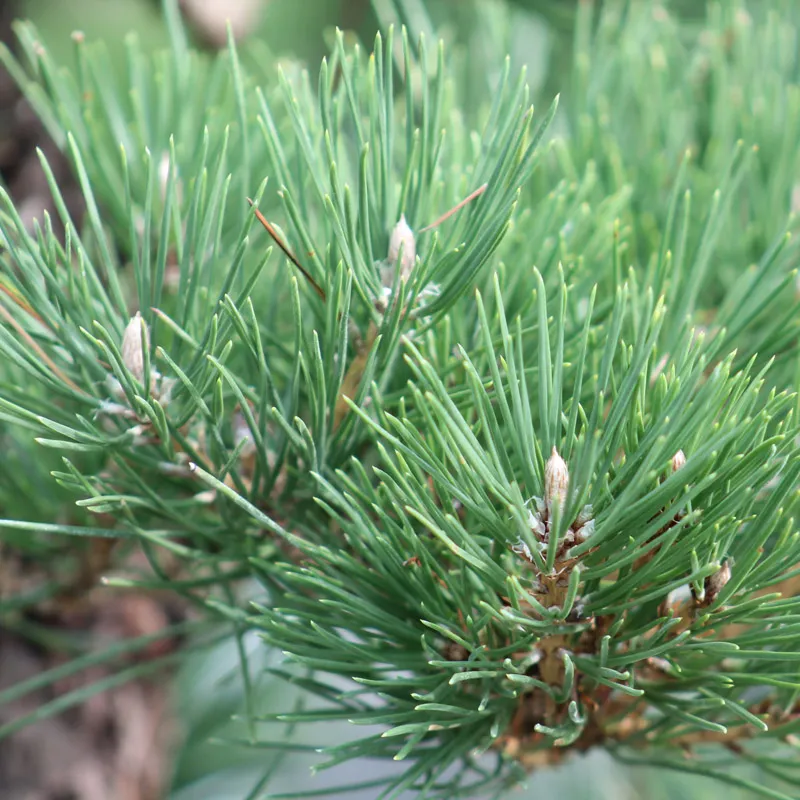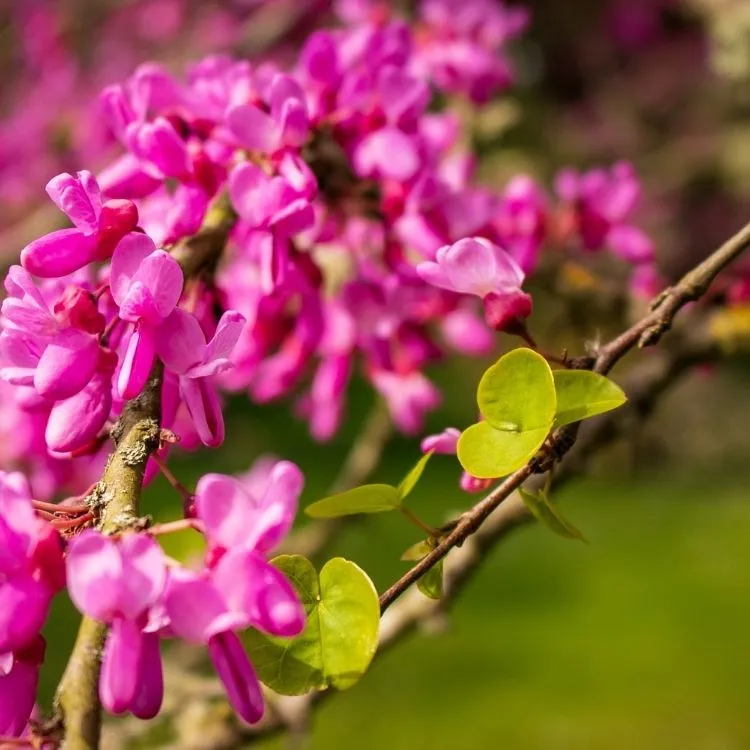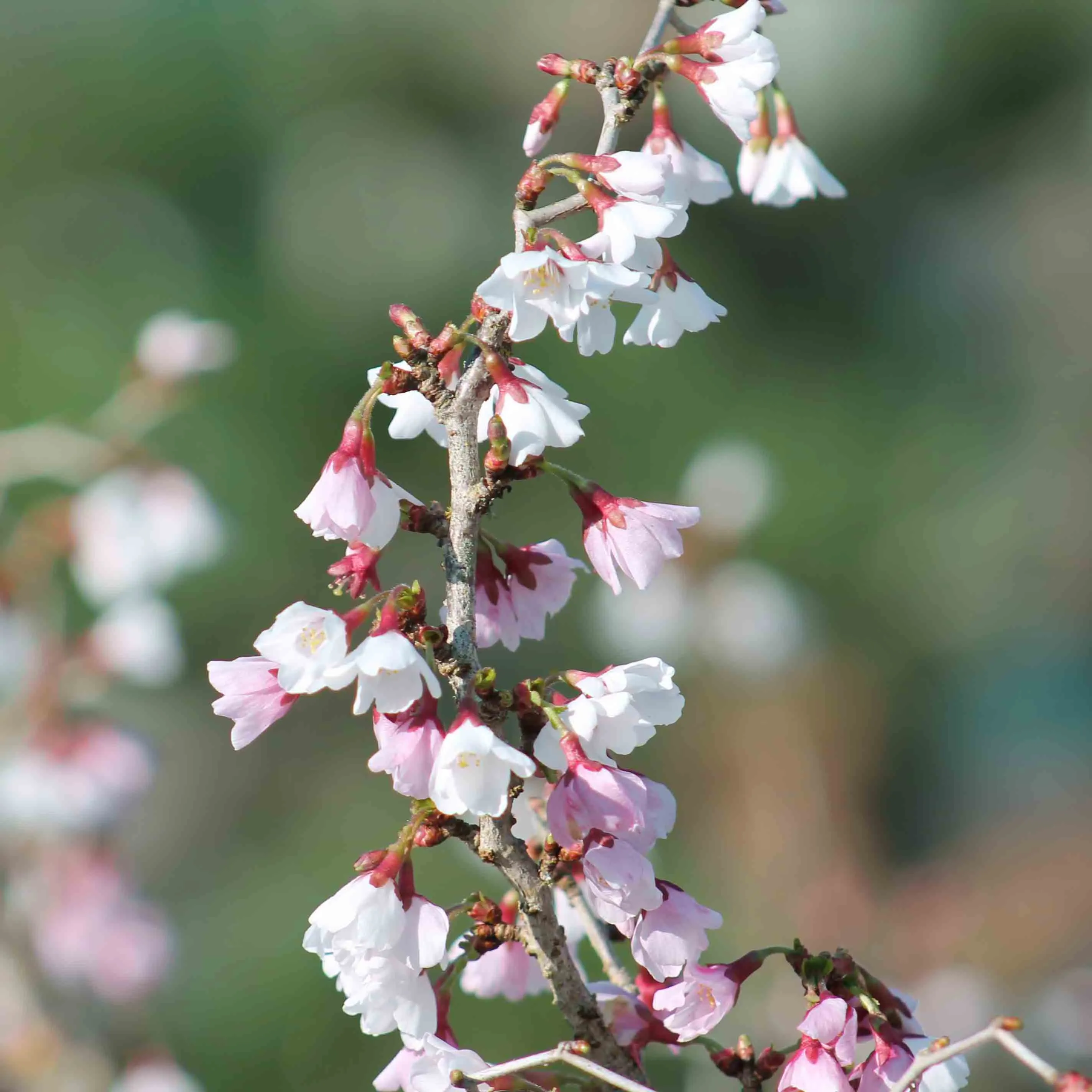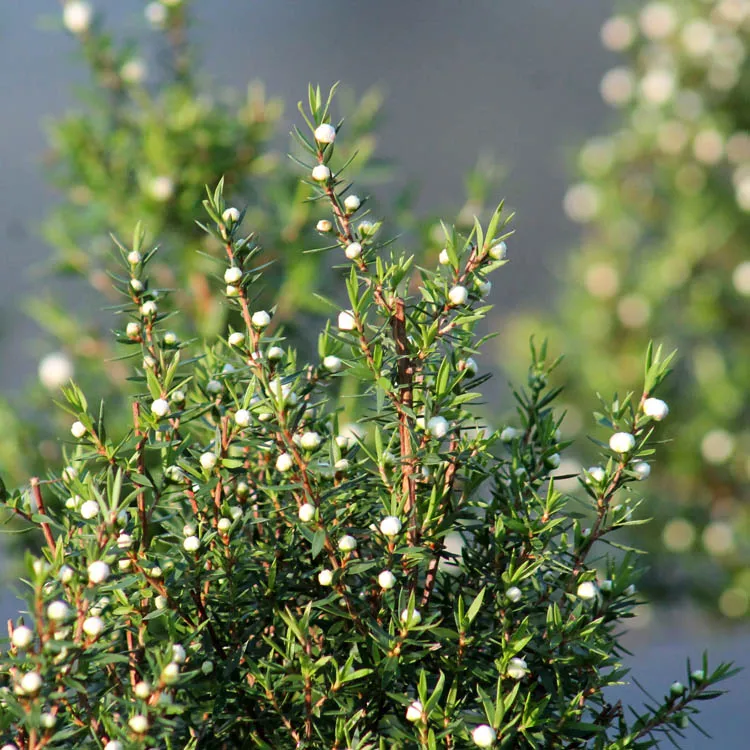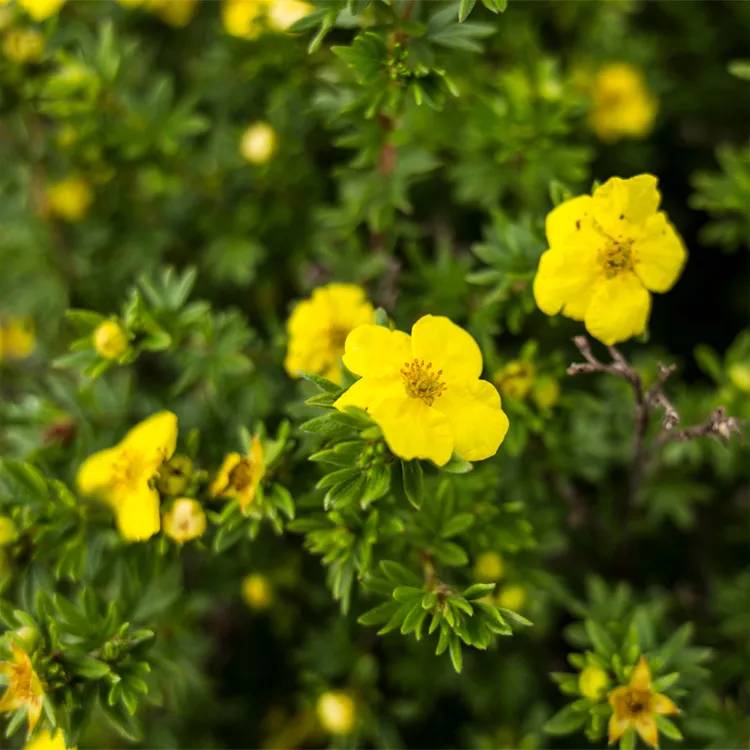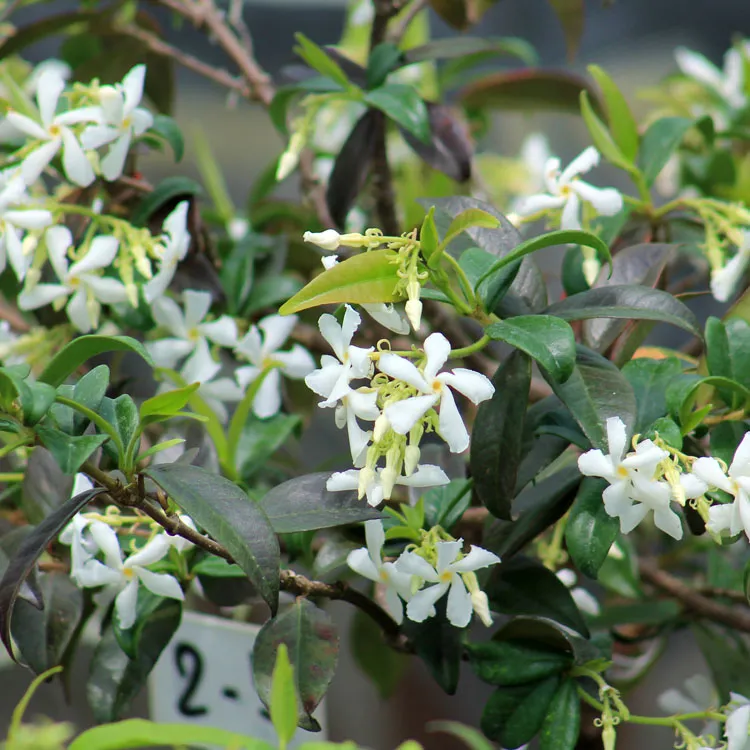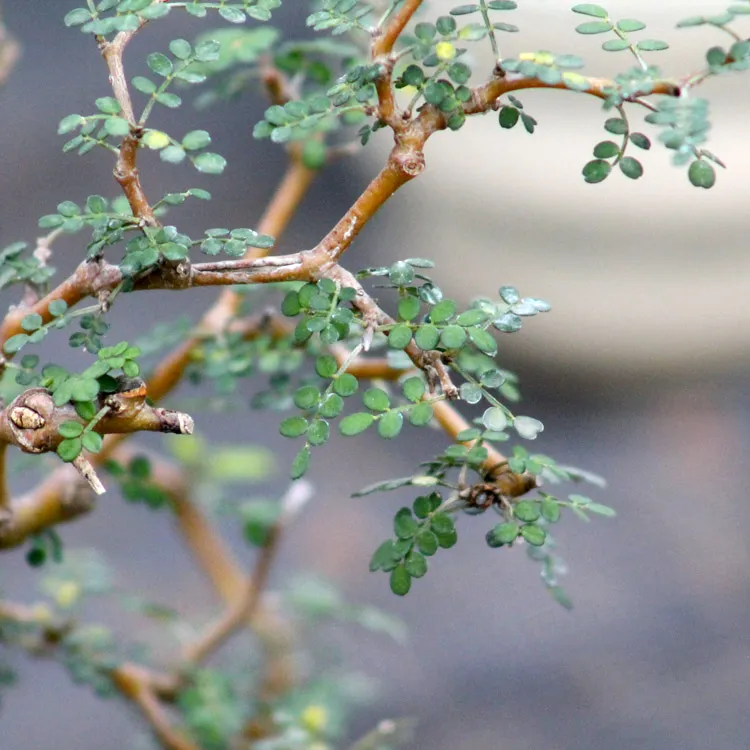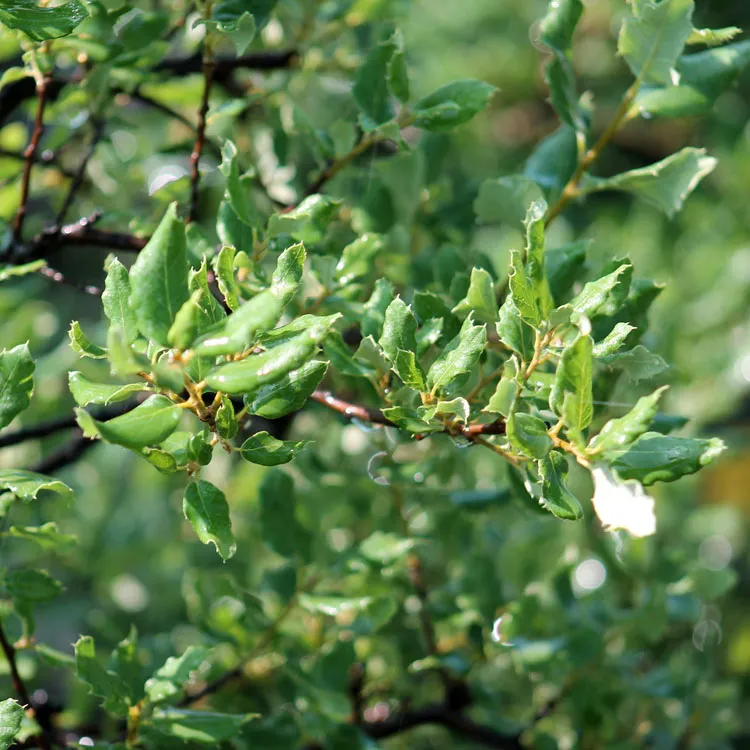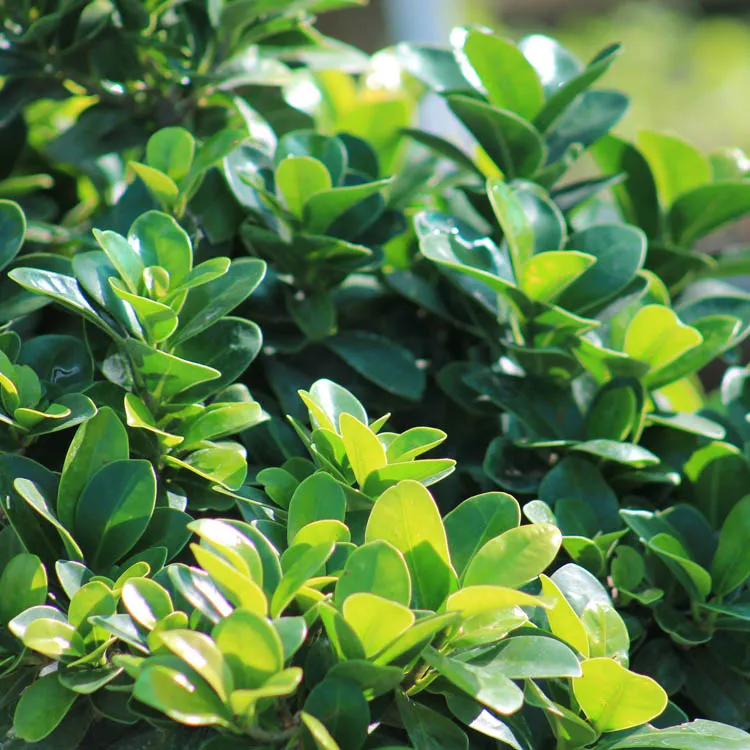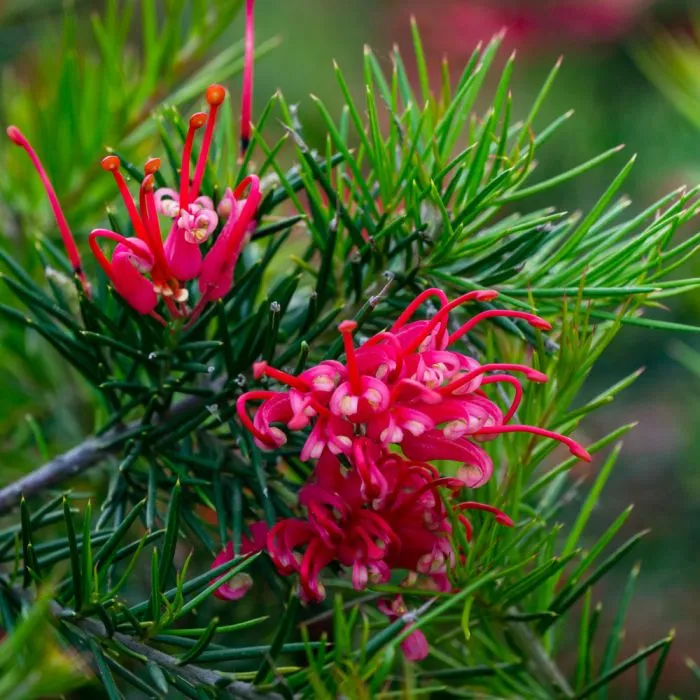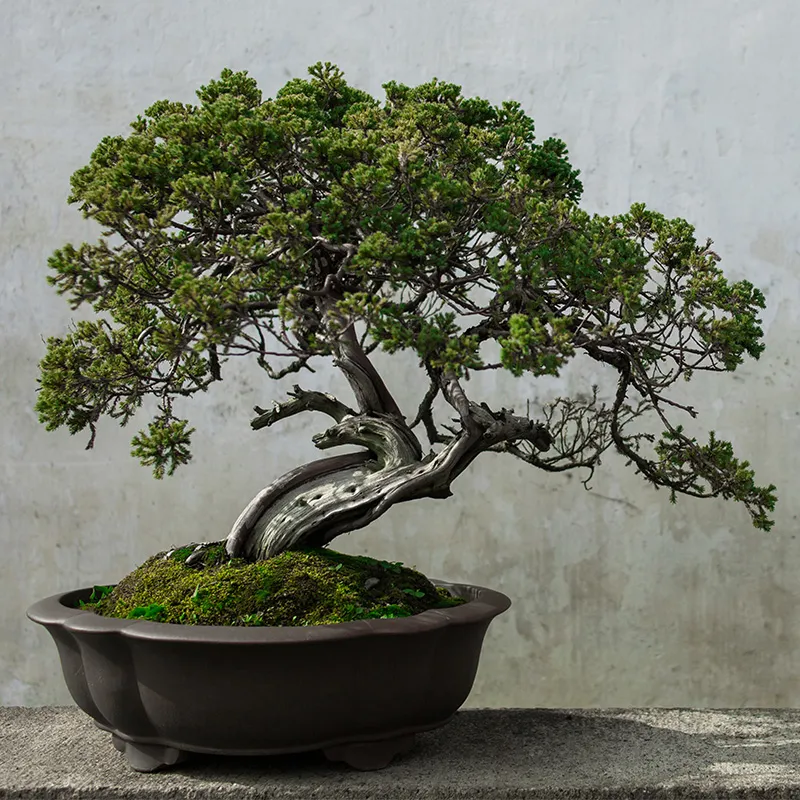Summer is synonymous with rest for most people. For us, this is certainly the time of year when the nursery is the most beautiful to look at. Spring shoots are pruned, bonsai exude health and
have beautiful bright colors. They enjoy the sun as well as abundant watering. The most fragile of them are placed under shade for better protection.
Beneath this apparent tranquillity, the bonsai nursery is nevertheless an active anthill. We do not aspire to rest, and the work goes on every day. Although the scissors and pruning shears are put away for a few short weeks, it is still a daily check-up. Above all, it is one of the moments that we appreciate because it allows us to observe the work accomplished during the last few months.
Here is a small overview of our bonsai trees and production areas for future generations that you will see on sale in a few years.
. The photos don't pay homage to them but the trunks are more than 20 centimeters in diameter, with a beautiful cracked bark.
that the bonsai is 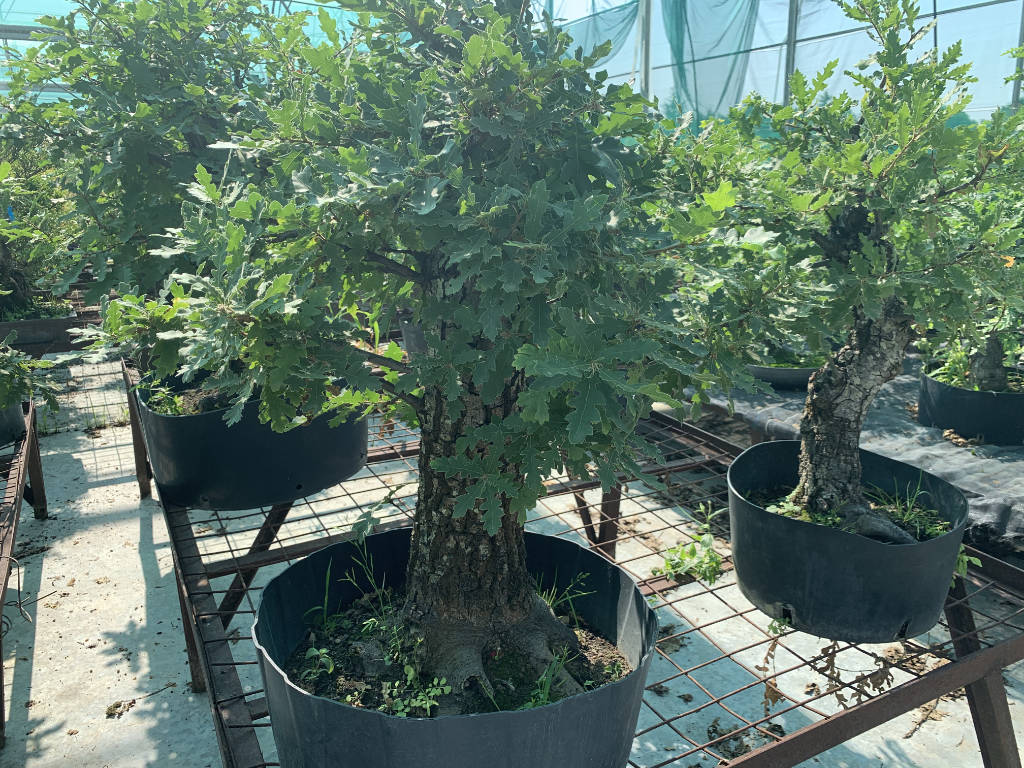
Kiyohime maples and Palmatum maples have grown for the second time. The first spring leaves are fragile and toast easily in the sun. After pruning, the second shoot is much more resilient, as it is used to enduring the sun from the start.

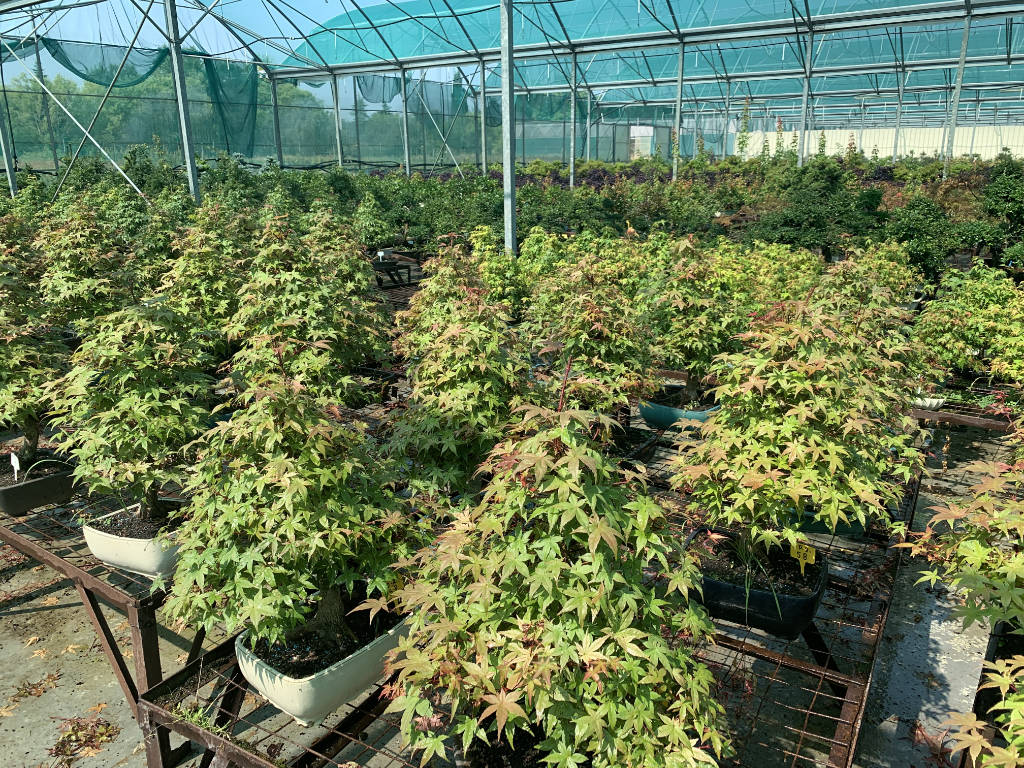
Loropetalums are starting to bloom, they are magical trees that we will talk about in more detail soon.
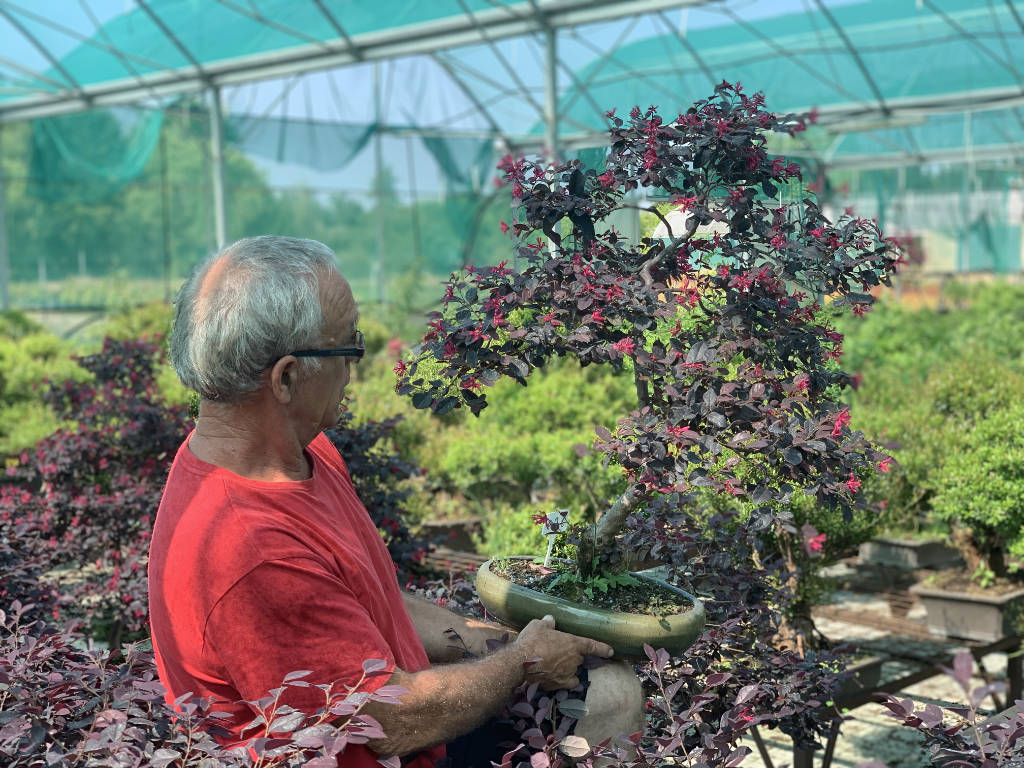
The myrtles also grew well; We love their delicate foliage and fabulous deadwood. We promise, we'll do a complete article to explain everything about the cultivation of this species.

Let's take a look at the fields, with bonsai trees that will be marketed in 2 or 3 years. Here are Burger maples on which we made large cuts of branches or at the level of the head. In order for them to close, we let them grow freely. With good cultivation, a scar callus gradually forms and will close the cup in a few years.
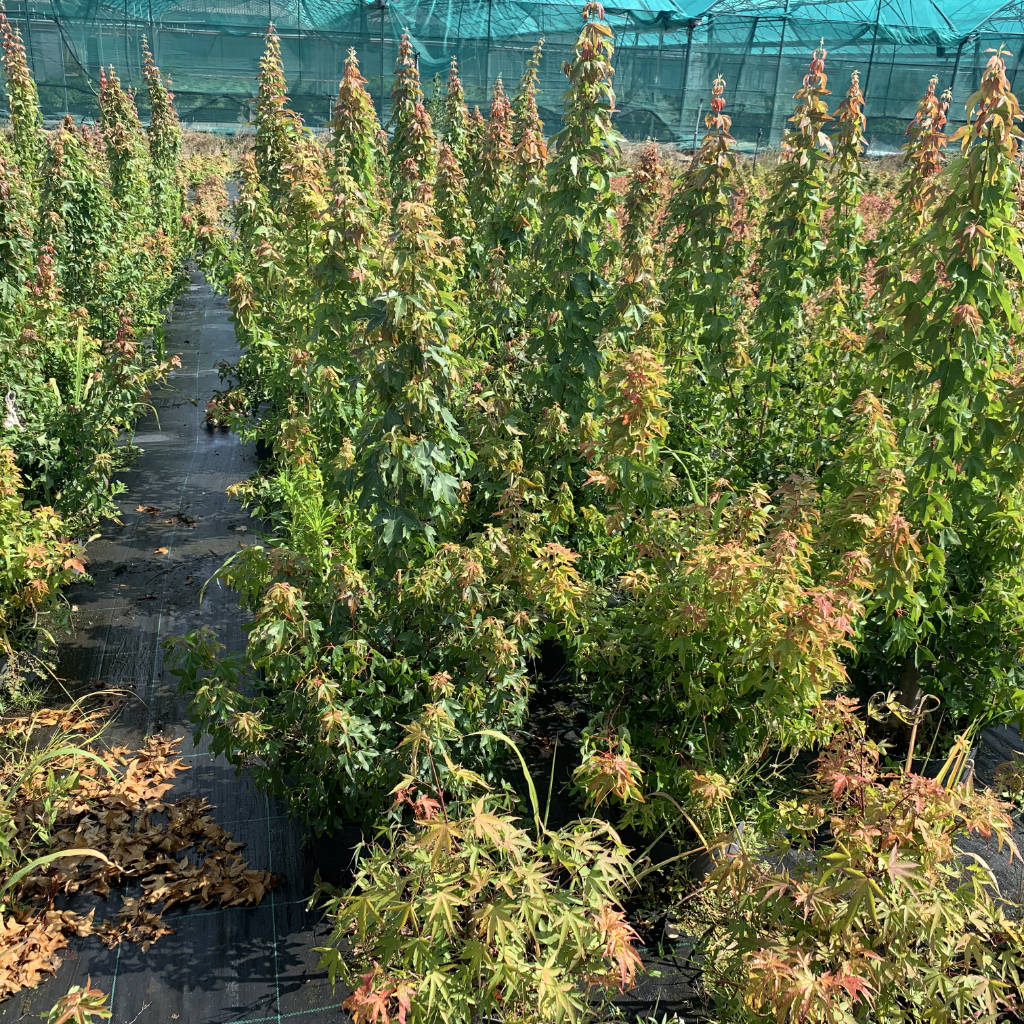
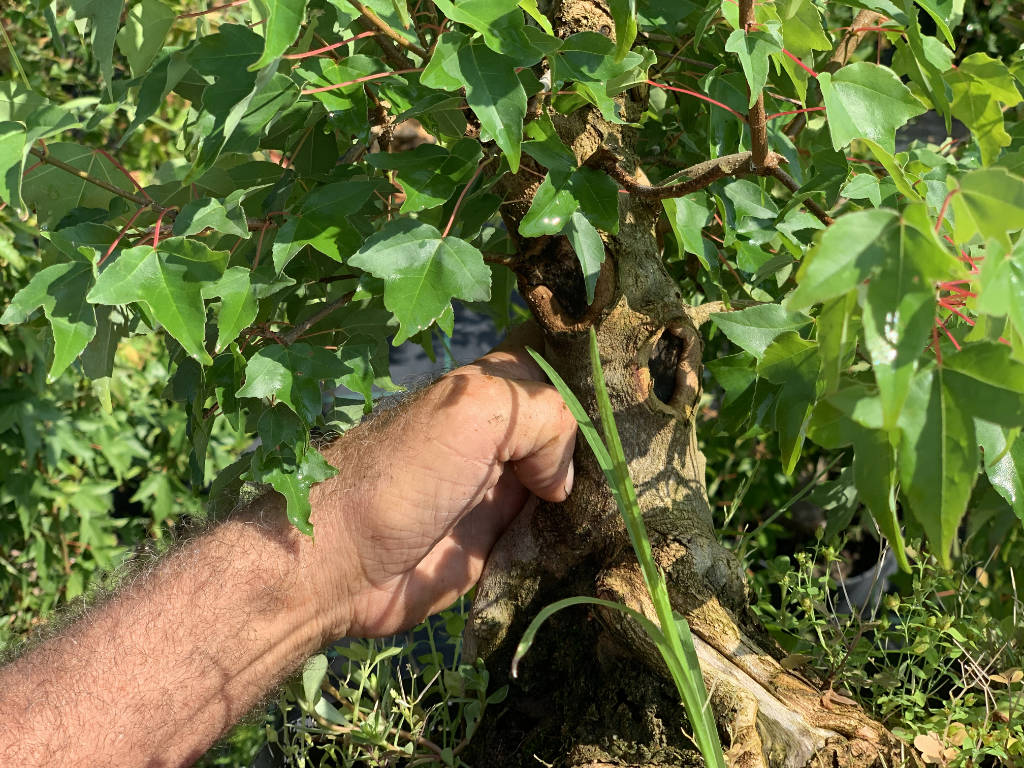
Next to it, corner . for our big bonsai for our big bonsai but we also know how to make XXS sizes. A few years ago, we launched a series of Mames and it's starting to take shape!
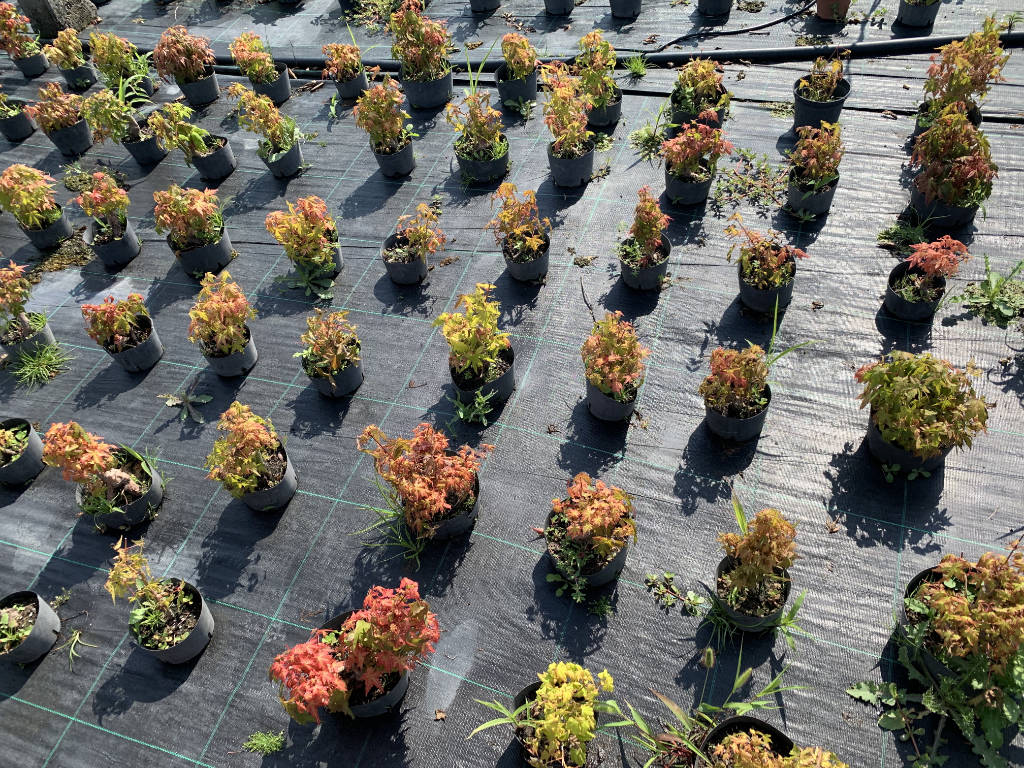
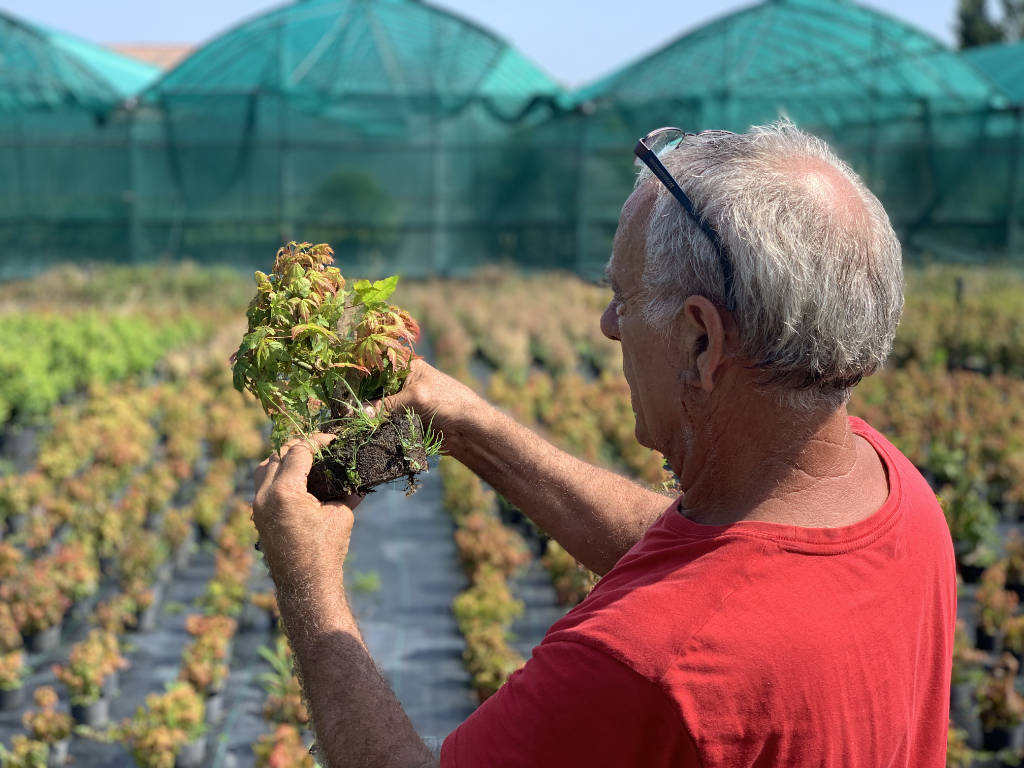
In the field of Japanese black pines. These have been uprooted from the ground, this is the recovery area. They are watered, fertilized, in full sun all day long. Look at the roots, at the end of July the root activity is maximum on Pinus Thunbergii and it is at this time that the mycelium is formed with the development of mycorrhizae.
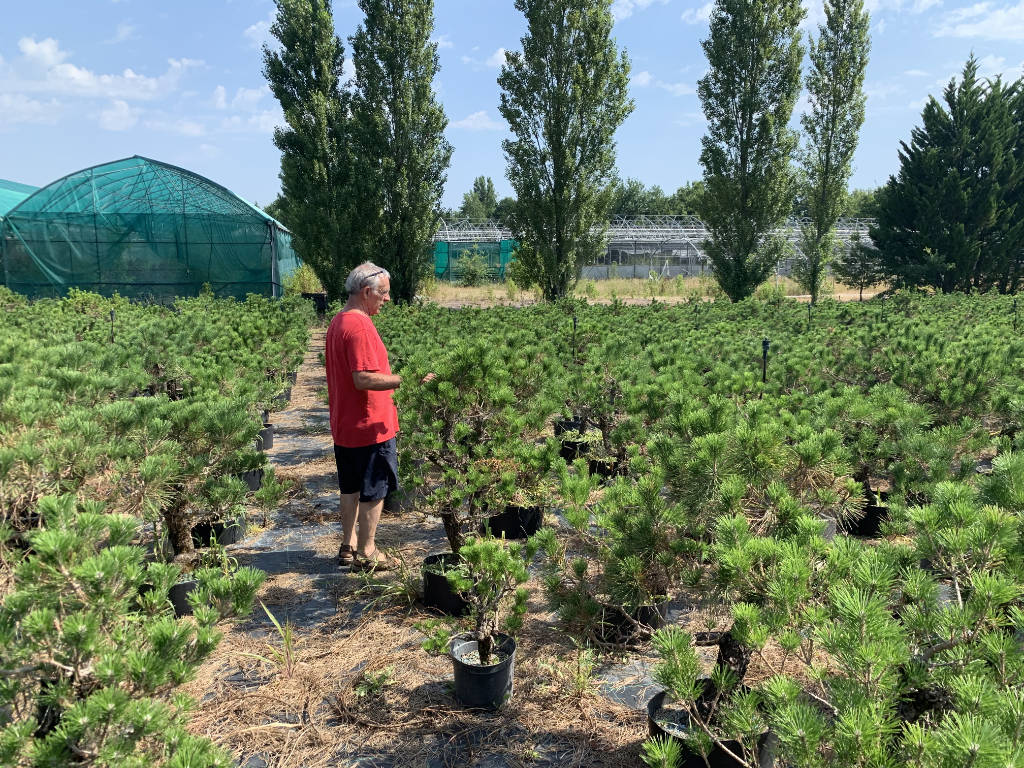
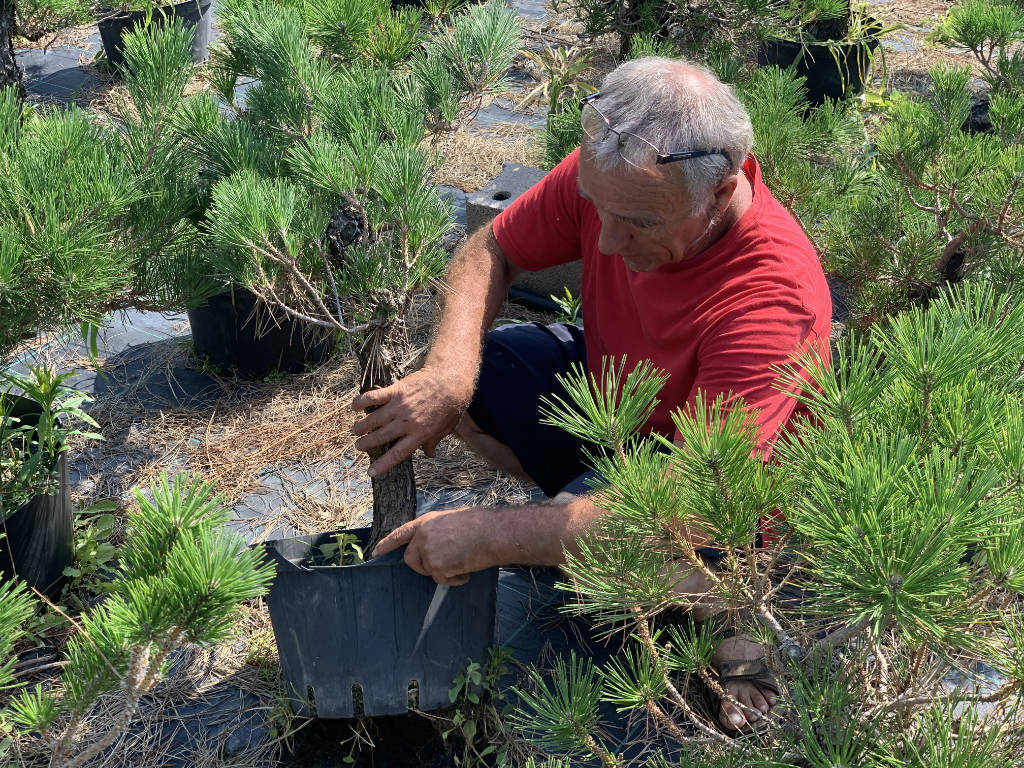
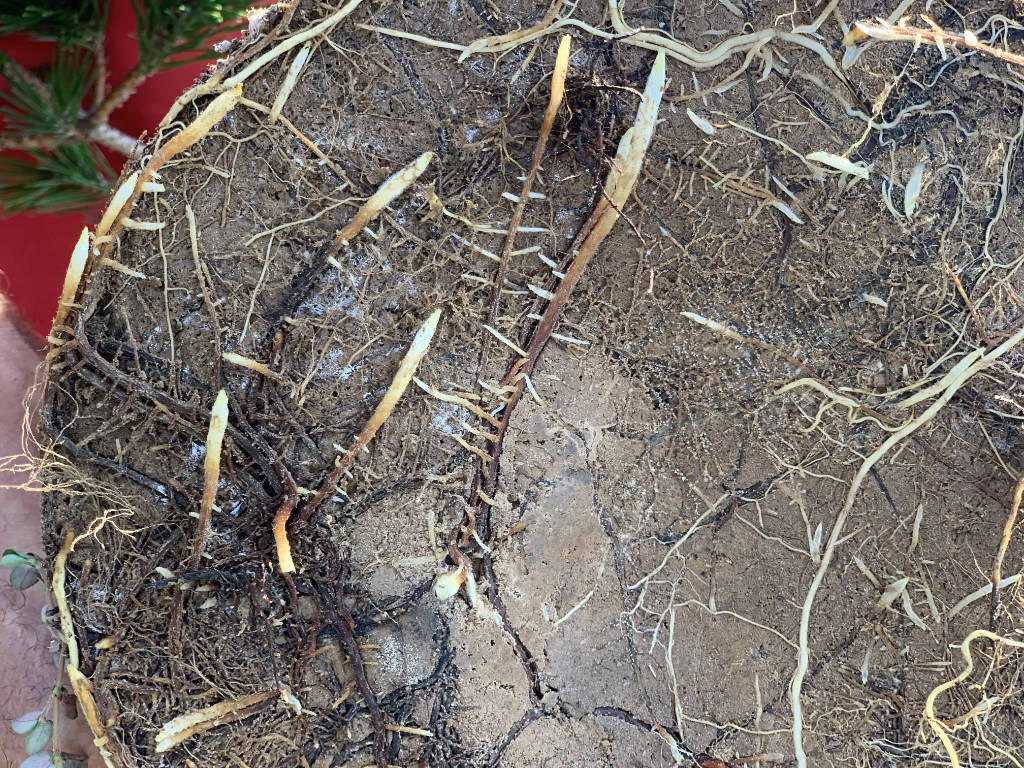
Once these pines have recovered well, and have undergone their first structural and densification pruning, they move to another area of the nursery, always in full sun (essential for bonsai pines). There, they are gradually refined before moving on to the sales area and ending up on the site to go to an enthusiast. It's the end of an adventure for us, and for these pines it's a new page in its history that will be written with you!
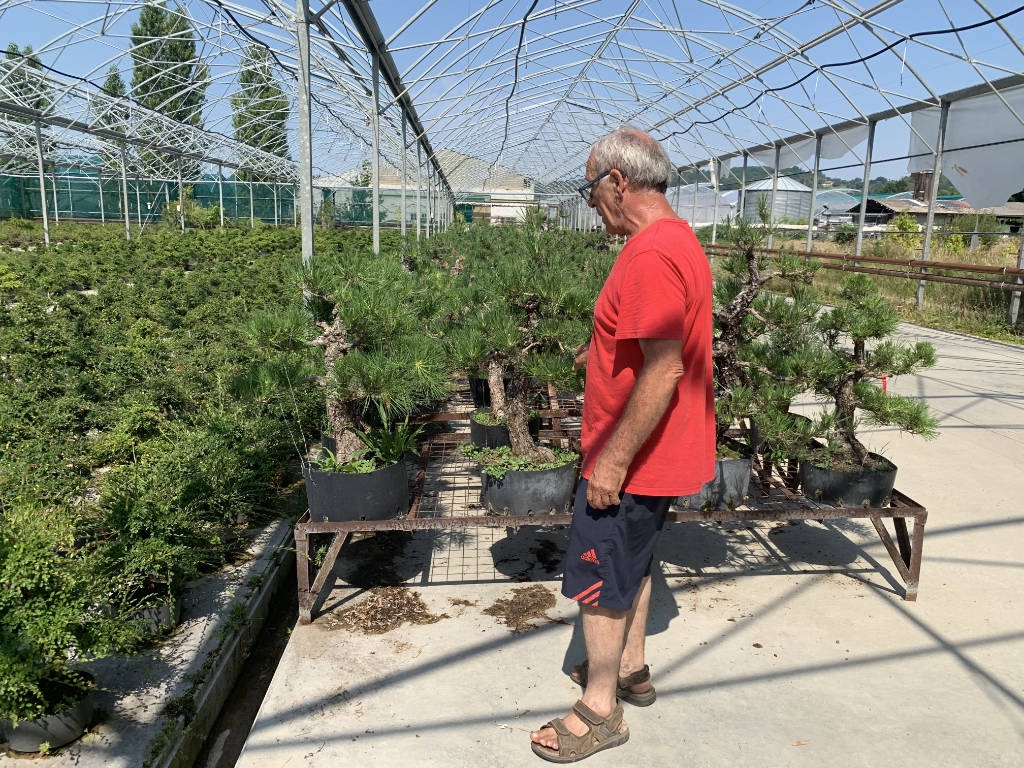
The nursery remains open all summer, so if you are passing through the Lot-Et-Garonne stop by, we will be delighted to welcome you!
Did you know? The word "bonsai" originated in the Japanese language and does not take an "s" in the plural. So don't be surprised if you see the word "bonsai" without an "s" when we're talking in the plural.


 Production of French Bonsai
Production of French Bonsai


